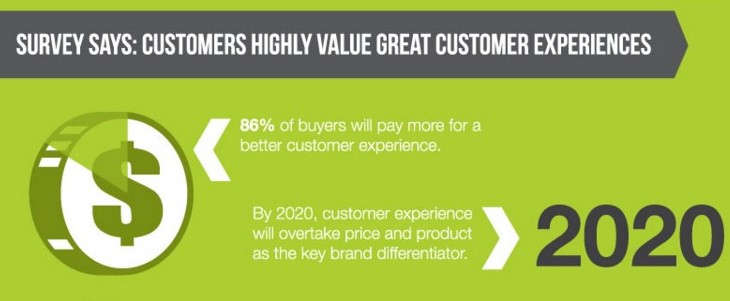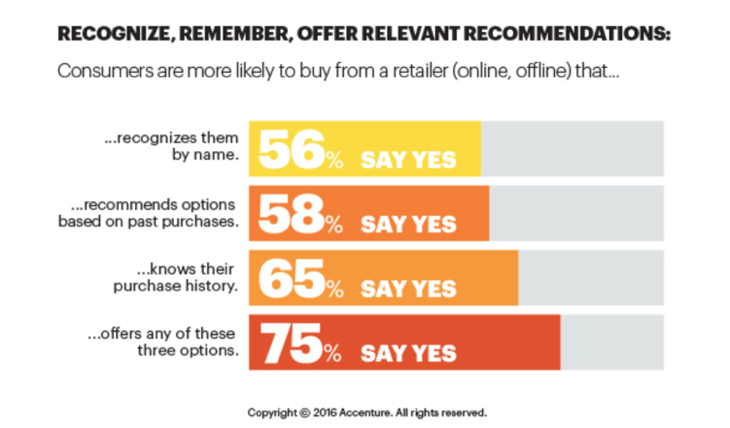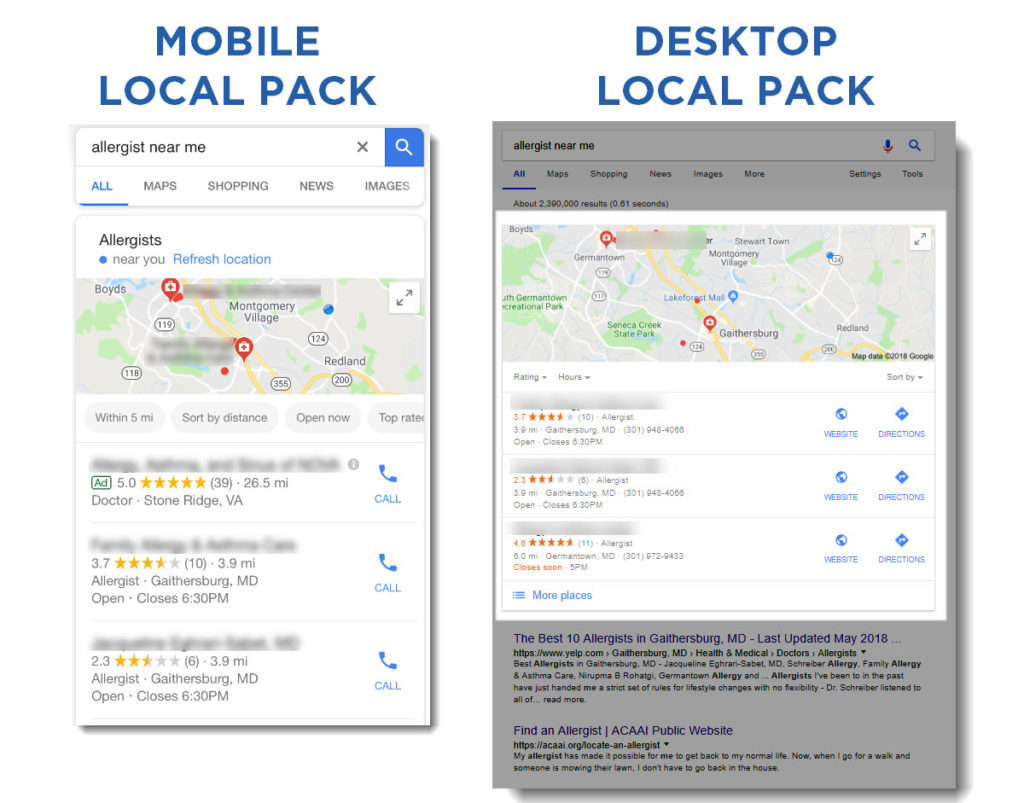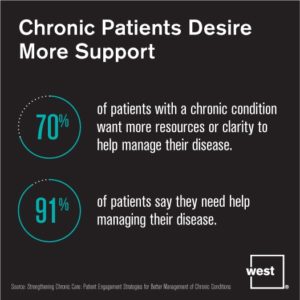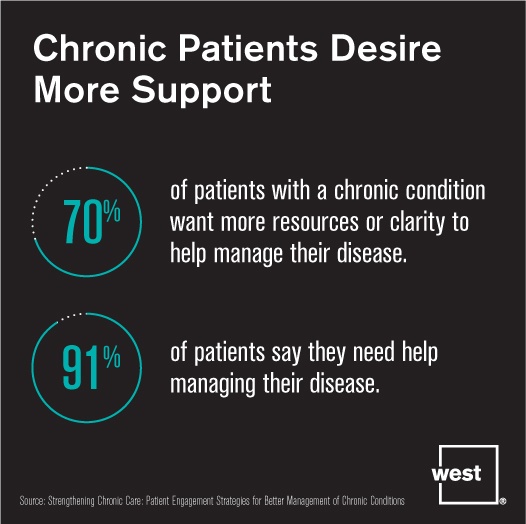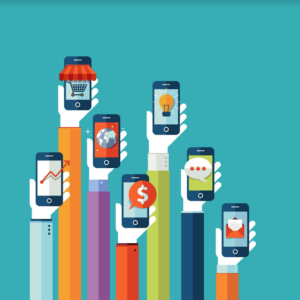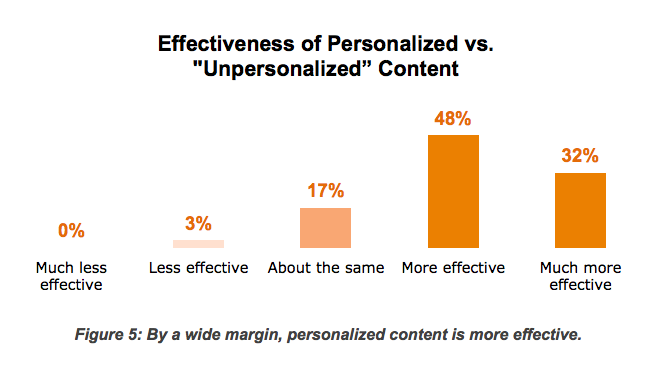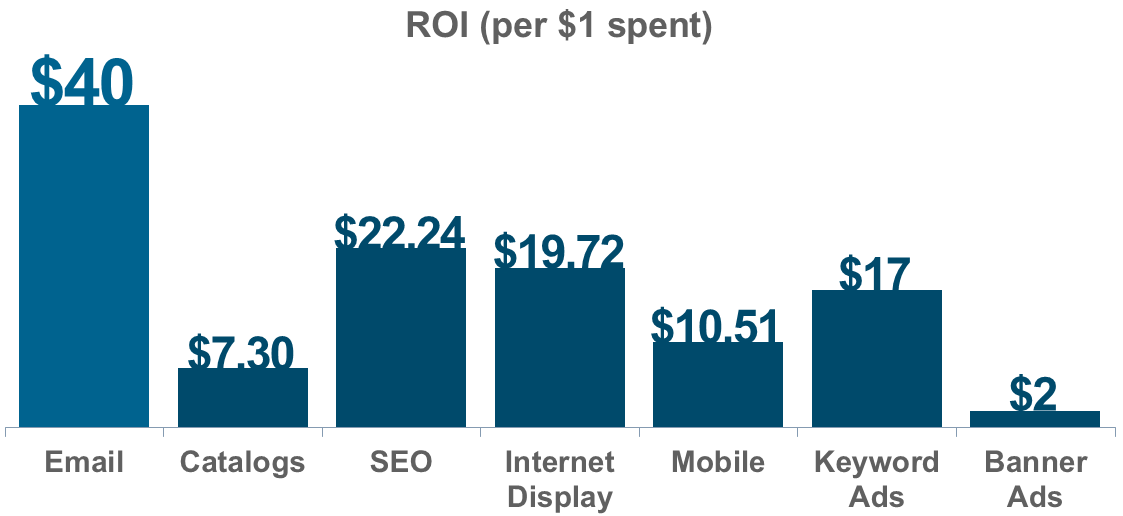“There is a vital change happening in healthcare….Providers who are ready to respond by creating a strong patient experience are going to win, and those who aren’t will be left behind.” That’s from the recent GE Healthcare/Prophet study of the patient experience.
There’s a few key findings cited in the study that merit repeating and, most importantly, addressing:
- Consumer-patients are unhappy and frustrated: 81 percent of consumers are unsatisfied with their health care experience, and the happiest consumers are those who interact with the system the least.
- Hospitals are failing to meaningfully address the patient experience: 75 percent of providers say patient experience is critical to the future success of their organizations. Yet, on the list of hospital CEOs’ top concerns, patient satisfaction doesn’t make the top five.
- Consumers are expecting different…and better. “The power has shifted to the consumer in nearly every industry —transportation, retail, and financial services. Finally, it is healthcare’s turn.”
Hospitals and health systems can no longer keep operating as if the consumer revolution doesn’t apply to them. The key to survival and to thriving in a health care market where consumers have many more choices than even just a decade ago is investment in a holistic patient engagement strategy.
Fortunately, hospitals can benefit from the early work already done and perfected in the retail and hospitality industries to automate the delivery of personalized content to create a more meaningful brand experience. They don’t have to reinvent the wheel.
With a robust marketing personalization platform, hospitals can deliver an omnichannel patient experience through multiple touchpoints. It’s what consumers already are used to and expect. The consumer revolution is well underway. Read more about how NectarOM can position your hospital for success or request a demo of our platform.




